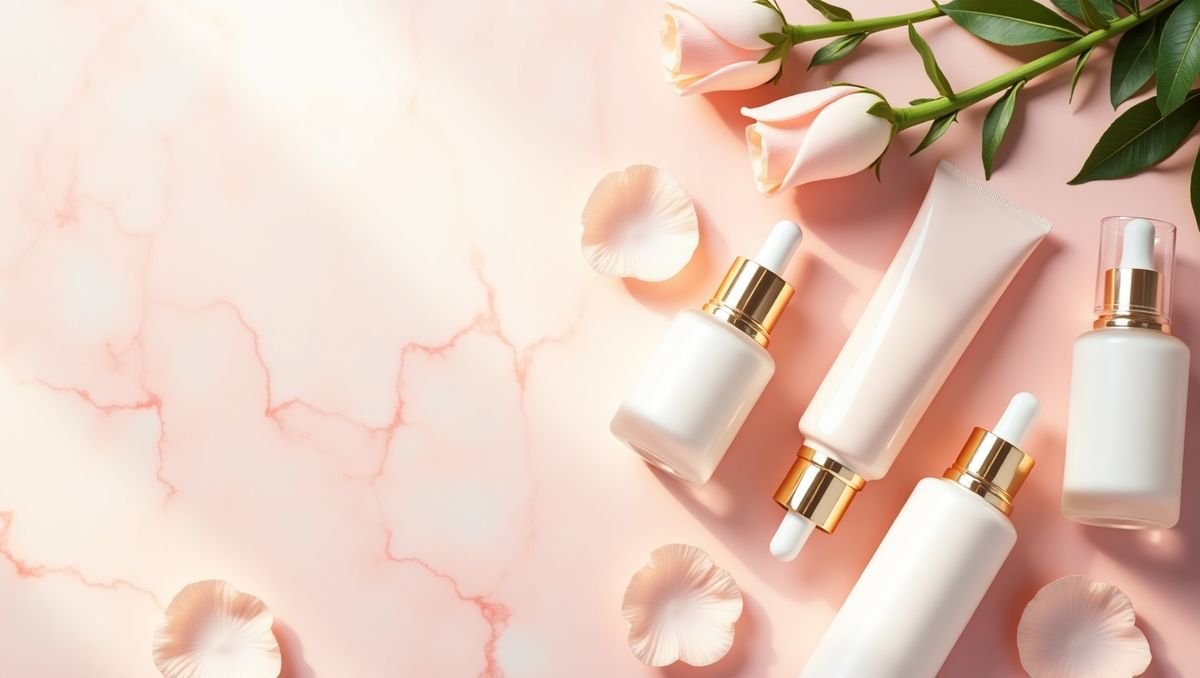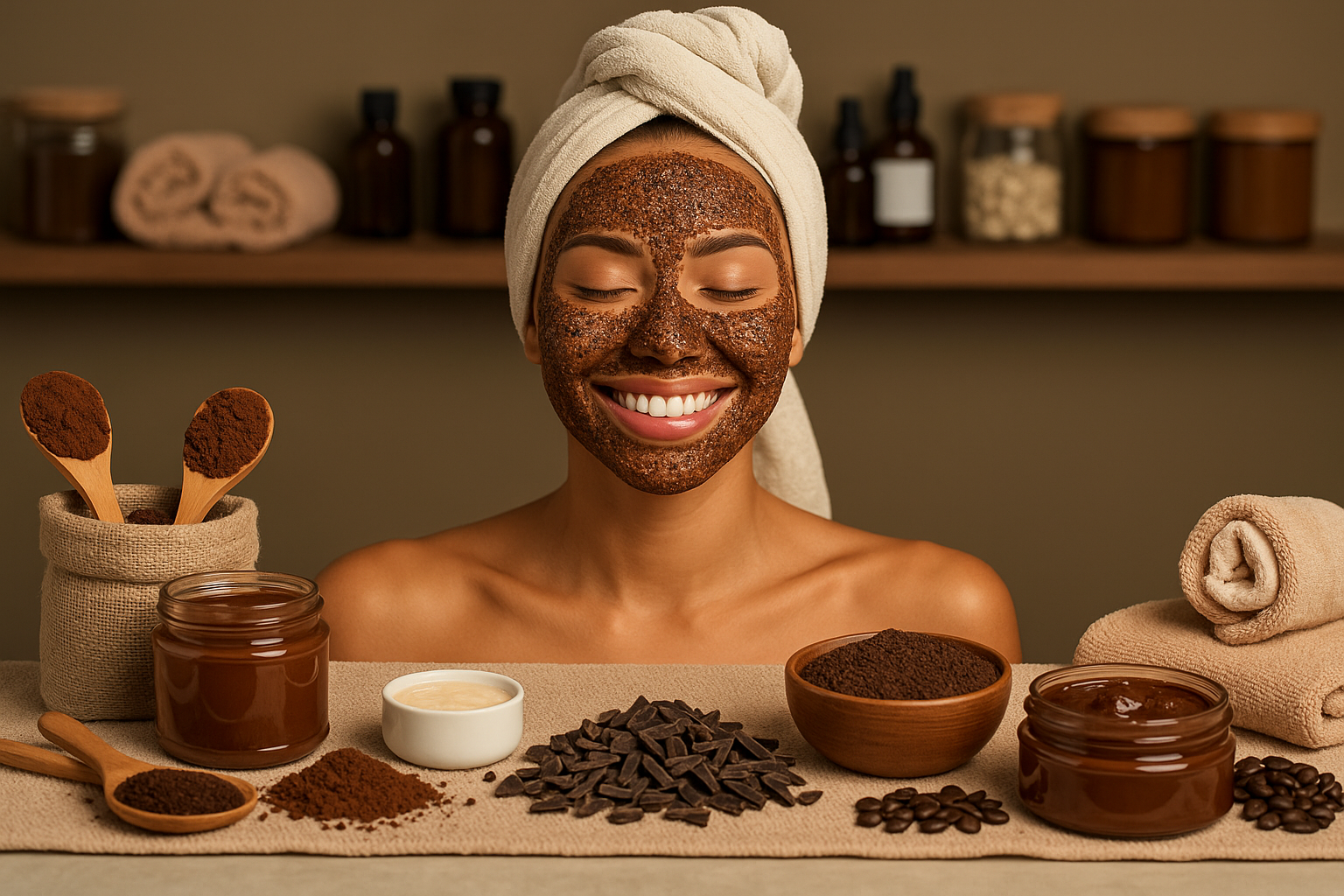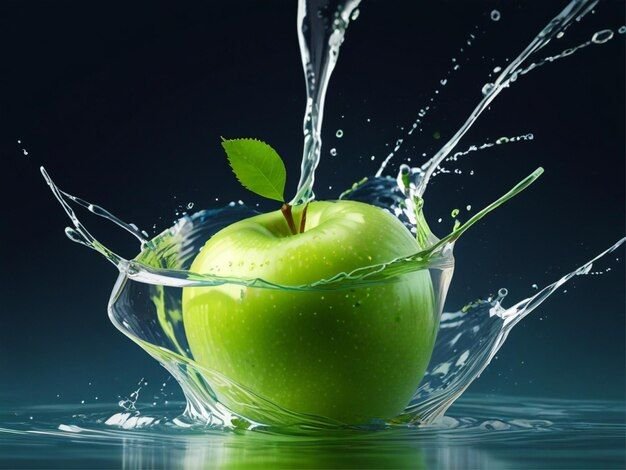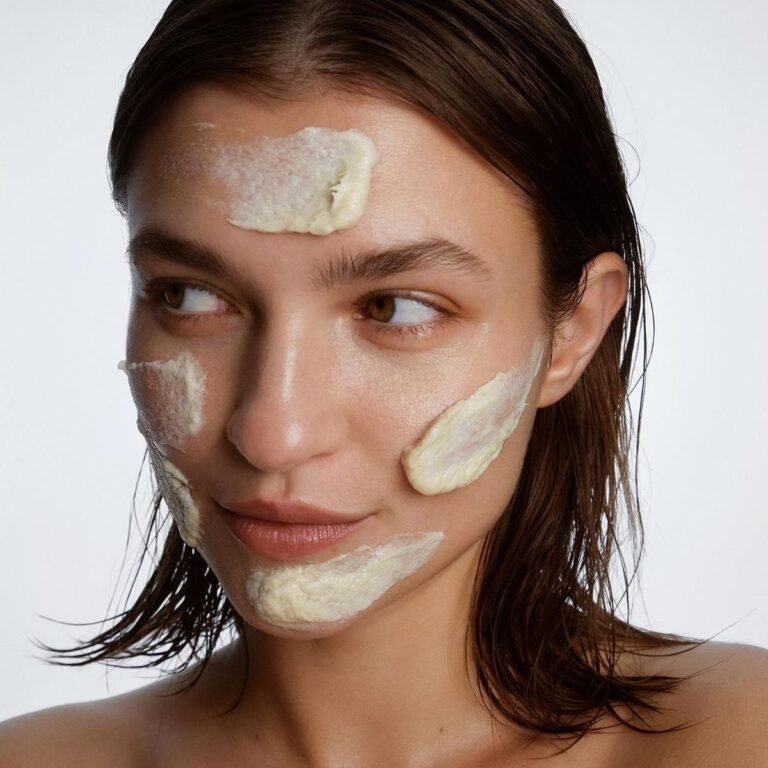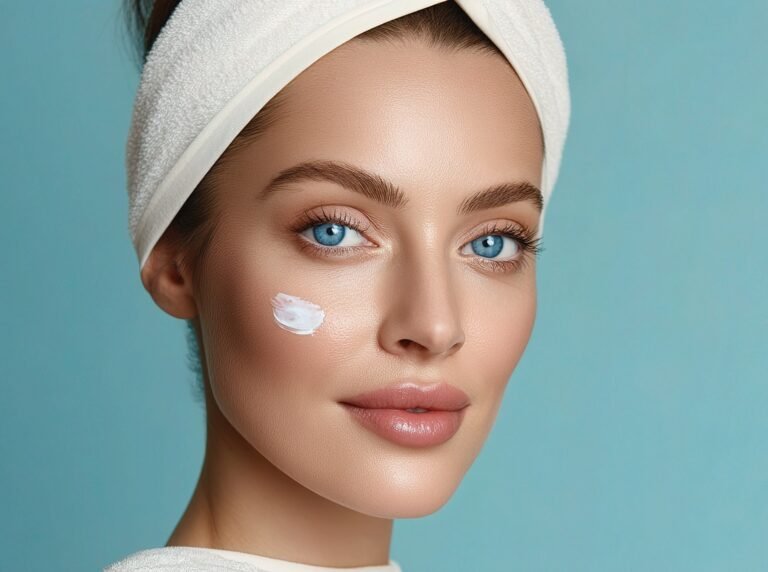Introduction
As the demand for scientifically backed cosmetic claims grows, chemists must design claims studies that pass rigorous regulatory testing. Cosmetic claims substantiation goes beyond marketing language — it requires controlled, methodical studies with verifiable results. In addition, MoCRA and global regulations require that brands substantiate claims like “hydration,” “anti-aging,” and “pigmentation reduction” through clinical evidence.
This guide explores the essential methodologies behind cosmetic claims studies, including TEWL (transepidermal water loss), corneometry, colorimetry, and statistical validation. In addition, it outlines best practices for ensuring your claims stand up to legal and scientific scrutiny, helping your products meet MoCRA guidelines and gain consumer trust.
Key Methods in Claims Studies
1. TEWL – Measuring Skin Barrier Function
TEWL (transepidermal water loss) is a critical indicator of skin barrier integrity. It measures the amount of water that evaporates from the skin, providing insights into the protective function of the stratum corneum. TEWL is particularly useful for substantiating moisturizing, barrier-enhancing, and anti-aging claims. Therefore, a reduction in TEWL shows that a product improves hydration and skin barrier function. Moreover, products that reduce TEWL often maintain skin hydration for longer, providing sustained results.
To measure TEWL, formulators use an evaporimeter that records the amount of water vapor passing through a defined skin area over time. Therefore, a decrease in TEWL after 4–6 weeks of use indicates the product’s effectiveness.
2. Corneometry – Quantifying Skin Hydration
Corneometry measures skin hydration in the stratum corneum using capacitance. This method is ideal for substantiating claims of moisturization, smoothness, and anti-dryness. By measuring skin hydration, corneometry quantifies the amount of moisture the skin retains after applying a product. Therefore, increased hydration in the stratum corneum confirms that a product improves skin moisture levels.
Corneometry readings are taken before and after product application, typically measured after 24 hours, 48 hours, and 1 week. Furthermore, repeated measurements show the product’s ability to maintain hydration over time.
3. Colorimetry – Assessing Skin Tone and Evenness
For brightening or pigmentation claims, colorimetry measures changes in skin color or tone. Devices such as the ColorFlex and CR-400 assess lightness, redness, and yellowness (L*, a*, b* values). These parameters correlate with skin pigmentation changes due to UV exposure, hyperpigmentation, or age spots. Therefore, colorimetry is invaluable for claims related to brightening, evening tone, and pigmentation reduction.
In clinical studies, colorimetry assesses how much the product reduces melanin by comparing baseline and post-treatment values. Therefore, measuring changes in the a* (redness) and b* (yellowing) values is essential in determining the product’s effectiveness in brightening and pigmentation reduction.
Statistical Methods for Validating Claims
After gathering data, statistical methods are essential to ensure the observed changes are meaningful and statistically significant. Moreover, regulatory agencies such as the FDA and EMA require robust statistical validation to substantiate claims.
1. Sample Size Calculation
Statisticians use power analysis to determine the required sample size for a study. Therefore, power analysis considers expected effect size, variability, and significance level (p < 0.05). By calculating sample size before testing, chemists can ensure they have enough data to detect statistically significant differences between treatment and placebo groups.
2. Control Group and Randomization
To minimize bias, clinical trials should include a randomization procedure, where subjects are assigned to different groups (treatment, placebo, and control) randomly. As a result, randomization ensures that observed effects are genuinely due to the product and not influenced by external factors.
3. Statistical Significance (p-Value)
A common statistical test used is the t-test or ANOVA (analysis of variance), which compares groups and tests whether the differences are statistically significant. Moreover, a p-value of less than 0.05 indicates that the observed differences are unlikely to have occurred by chance. Therefore, statistical significance ensures that the product delivers results beyond natural variation.
Real-World Testing Methods for Cosmetic Claims
In addition to instrumental measurements, real-world testing adds value by capturing actual consumer experiences and skin improvements. Furthermore, in vivo testing allows formulators to replicate everyday conditions and provide more relatable results to consumers.
1. Consumer Use Tests
Consumer use tests assess the overall satisfaction, usability, and perceived efficacy of a product. Therefore, these tests are essential for substantiating claims like “improves skin appearance” or “reduces visible fine lines.” In these tests, consumers apply the product over a set period (typically 4–6 weeks) and provide feedback based on their experience.
2. Dermatologist-Observed Clinical Trials
In dermatologist-observed studies, dermatologists assess visible skin improvements after the product is applied. As a result, this method provides expert validation of cosmetic claims such as “reduces wrinkles” or “improves skin texture.” Moreover, in combination with instrumental data, these tests ensure comprehensive claim validation.
Preservation of Data Integrity in Claims Studies
Therefore, maintaining data integrity is crucial for the credibility of the study. Proper data recording and storage, along with adherence to Good Clinical Practice (GCP) guidelines, ensure that all findings are reliable and reproducible.
Common Challenges and How to Overcome Them
- Challenge: Insufficient sample size Solution: Use power analysis tools to estimate an appropriate sample size before starting the trial. Ensure the study includes sufficient participants to achieve reliable data.
- Challenge: Inconsistent application Solution: Standardize application techniques, product amounts, and usage frequencies across all subjects to reduce variability.
- Challenge: High placebo effect Solution: Use blinded studies to reduce bias and ensure that changes are genuinely due to the active product.
Testing Strategy for ISO 11930 Success
- Step 1 – Screen small batches. Use simplified micro-challenge tests (1 % inoculum, 7-day cycle).
- Step 2 – Optimize combination ratios. Vary glyceryl esters : acid : booster to map kill curves.
- Step 3 – Run full ISO 11930 or USP <51> protocol. Submit three separate lots for reproducibility.
- Step 4 – Document formulation pH, water activity, and packaging type. Regulators increasingly request these parameters in safety dossiers.
Formulation Example: Clean Gel Cream (ISO-Compliant)
- Glyceryl Caprylate — 0.5 %
- Sodium Levulinate — 0.8 %
- Ethylhexylglycerin — 0.7 %
- Glycerin — 3 %
- Xanthan Gum — 0.25 %
- Emollient Base / Water — to 100 %
The prototype passes ISO 11930 (A criteria) with 3-log bacterial and 2-log yeast/mold reduction by Day 14. Additionally, sensory feel remains light and non-tacky, meeting clean-beauty expectations.
Documentation and Regulatory Alignment
Under MoCRA (US) and EU Regulation 1223/2009, every preservative system must be supported by microbiological challenge data. Therefore, record test conditions, inoculum counts, and neutralization validation. Furthermore, include results in your Safety Dossier to ensure traceability.
Compliant Marketing Claims
- “Preserved with naturally derived multifunctionals.” ✅
- “Paraben-free and formaldehyde-free system.” ✅
- “Dermatologist-tested for microbiological safety.” ✅
- “Preservative-free.” ❌ (Misleading under EU guidelines)
Future Directions
The next frontier of clean label preservation involves microbiome-friendly technologies and natural peptide antimicrobials. Meanwhile, machine-learning modeling of preservative efficacy is helping chemists predict microbial risk before testing. Ultimately, clean systems will merge safety, sustainability, and sensorial appeal—creating products that are both compliant and consumer-trusted.
Summary & Key Takeaways
- Clean label preservation relies on multiple mild hurdles rather than strong single biocides.
- Organic acids and glyceryl esters deliver synergistic broad-spectrum control.
- Maintaining pH 4.5–5.5 is critical for efficacy.
- Early challenge testing under ISO 11930 prevents launch delays.
- Transparent documentation ensures regulatory and marketing alignment.
Next Steps for Chemists
Evaluate multifunctional boosters and glyco-acid systems in the Grand Ingredients Product Center. Then, review encapsulated preservation concepts in the Hurdle Systems Library and request formulation prototypes via the Sample Request Portal. Finally, validate your final blend under ISO 11930 to ensure clean-label compliance with proven safety.
References
- ISO 11930 (2023). Evaluation of the Antimicrobial Protection of a Cosmetic Product.
- USP <51> (2024). Antimicrobial Effectiveness Testing.
- Leal, S. et al. (2024). “Synergistic Effects of Glyceryl Esters and Organic Acids in Clean Preservation.” *Int. J. Cosmetic Sci.*
